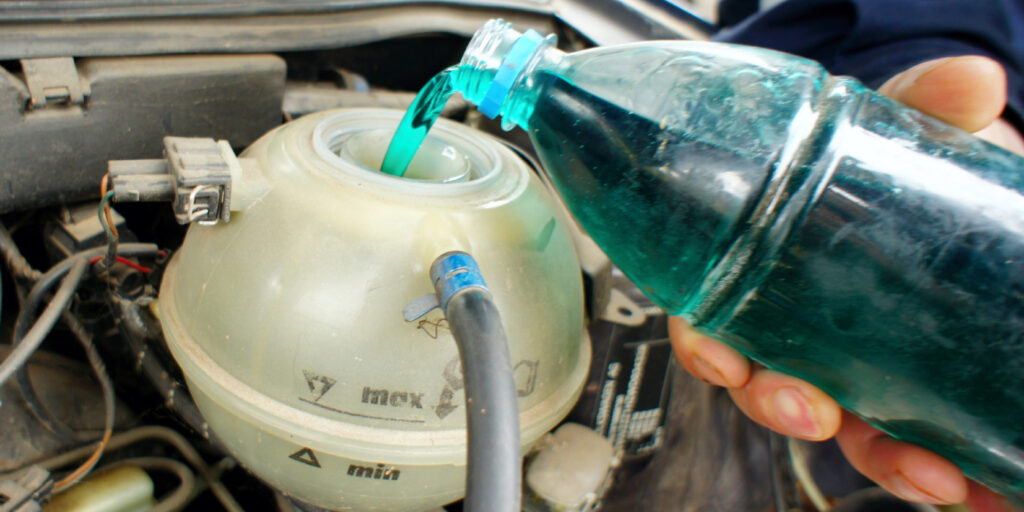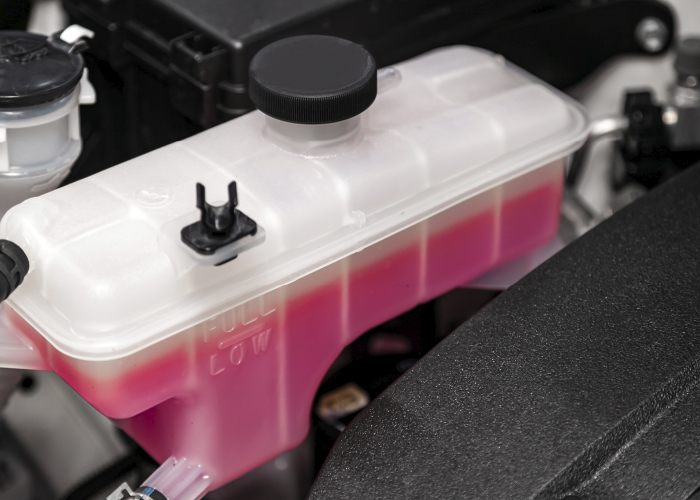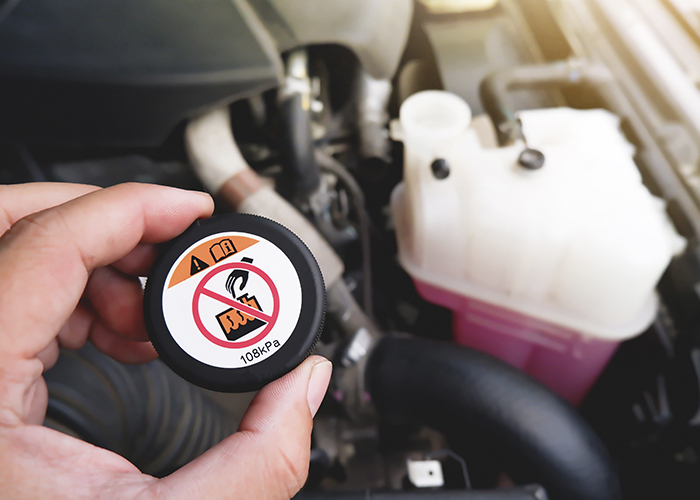Technicians can get caught up on two things about engine coolant for European vehicles — color and replacement intervals. But, they need to focus on whether the coolant is compatible with the engine technology.
In the beginning, many European vehicles came with blue coolant. These coolants were designed for a European market where the tap water contained more trace minerals. But, these coolants also were designed for aluminum and bi-metal engines. Most of these coolants used inorganic acid technology and worked great for almost 30 years. But, they had a limited lifespan of 30,000 miles.
In the late 1990s, most global manufacturers switched to organic acid technology that offered a longer replacement interval. Other changes in coolants were made to protect gaskets and components to compensate for the different rates of expansion. Many switched from fiber head gaskets to multi-layer steel (MLS) head gaskets. Also, on the intake, many OEMs switched to carrier-style gaskets that used a plastic frame.
Other changes in chemistry took place to reduce chemicals that could contaminate the catalytic converter, since most OEMs were on the hook for a 100,000-mile emissions warranty. In Europe, extending the coolant replacement interval reduced the environmental impact of the vehicle.
The next step was hybrid organic acid technology (HOAT) that had higher concentrations of silicates to protect the aluminum. The HOAT coolant was used by both European and Asian manufacturers. HOAT coolants meet G5, G11 and G12 specifications and may be yellow or orange in color.
The next evolution occurred around 2006 with phosphate hybrid organic acid technology (PHOAT). This technology has lower silicate levels and phosphates are used in the coolant to protect the engine. These coolants are typically for Asian makes and can have a red or blue color.
In Europe, silicone organic acid technology (SiOAT) started to come in 2010 and newer vehicles. This typically pink coolant includes silicates in the additive package. SiOAT coolants can last between 125,000 to 150,000 miles. Many of these coolants can meet G-12++, G-13 and specific manufacturer formulations. The latest specification is G-40 for SiOAT. New G-48 coolants are ethylene glycol based and contain nitrite, phosphate and other chemicals. Is G-48 better than G-40? No, it just meets a different set of requirements.
The chemistry of coolants and additive packages have changed. Some of these changes were to increase maintenance intervals, but the majority of the advancements were in response to changing engine technologies. These changes make choosing the correct coolant difficult.
Coolant contains additives called buffers that keep it at a neutral pH, but these buffers aren’t meant to last forever. When these chemicals become depleted, the pH can’t be controlled. It rises dramatically in a short period of time the moment the buffers are fully depleted. This is why replacing the coolant at the recommended interval is critical.
Downgrading the coolant to a previous technology does more than change the maintenance interval. The changes in chemistry can damage gaskets and even cause contamination issues like gelling. At the same time, trying to use the latest coolant in older systems might cause issues. The other issue is heat transfer. Many new coolants have improved chemistry to better transfer heat.
What is the best solution? You can use a coolant as long as it is compatible with the manufacturer’s recommendation. This can require two pieces of information. The recommended coolant can be found in the service information or the owner’s manual. If a vehicle has a hybrid or electric powertrain the coolant specifications can change or the inverter and electric motor might have a different coolant.
The next piece of information is the data sheet for the new coolant. Don’t trust the back of the bottle for some brands. Additional information to see if the coolant meets the requirements can be found on their websites.
There are no shortcuts, but some coolant manufacturers are getting better about formulating coolants that can meet multiple manufacturers’ specifications.
The other piece of advice is to look at the service information for the filling and bleeding procedures. On some German SUVs with rear heater cores, starting with the removal of the petcock could make for a lengthy bleeding process. Some European vehicles might also have a cooler for the CVT or dual-clutch transmission that might require extra steps.
If you are performing a water pump, heater core or hose repair, recommend a full coolant flush. Just topping off the coolant can lead to a mixed bag when measuring the pH and freezing point. Also, check the specific gravity before a repair. Many customers know how to top off their coolant with water that could dilute the coolant concentration.

















